More than 10 percent of elevators found on campus by the UT were down as of last week, causing problems for Cal State LA students, not just when getting around, but also when getting to classes.
The UT found 50 elevators, including six that did not work during a survey conducted late September. The “unavailable” elevators are located at the north wing of the library and parking structures A and C. Since conducting the survey, the Administration building has had its elevator made available again.
Thankfully, some of the elevators are expected to be repaired within the next year. While some elevators are still operational, Cal State LA has made it clear that the school is working to be Americans with Disabilities Act (ADA) compliant , calling it a “top priority.”
While many of these buildings have spare working elevators, structure A contains only two elevators that are both temporarily unavailable, proving difficult for students in need of ADA compliance.
While waiting for repairs, some students have experienced issues navigating campus while utilizing the elevators. Jocelyn Gutierrez gets around campus on her wheelchair but said she has experienced multiple times where an unavailable elevator has made her day difficult.
“To know I can’t get down to where I need to go is frustrating because I have to go all the way around [structure C] and that’s dangerous… they’re doing construction so I either have to go in the street or wait until one of the construction guys let me pass,” said Gutierrez.
This wouldn’t mark the first time she ran into elevator issues as Gutierrez couldn’t get to class last semester in Salazar Hall.
“I remember last semester, about three or four times, I had to skip my Calculus II class because it was on the third floor and the elevator in Salazar Hall wasn’t working, so I couldn’t attend my class for four days,” said Gutierrez.
Jonathan Garay, a Cal State LA student, also gets around campus in his wheelchair and has run into problems with just the number of elevators available per building.
“If there’s usually a single elevator, that’s when I really get frustrated because that’s the only route that I have,” said Garay. “There have been a few times I’ve had to go down the stairs with the [wheel]chair, which I taught myself how to do.”
Garay said that inaccessibility on campus, and off campus, has made him have to adapt to the obstacles to get around.
“A lot of times they find things that are broken, but they take forever to fix them,” said Garay.
Cal State LA spokesman Robert Lopez apologized “for any inconvenience that this causes, but these upgrades will result in enhanced service for our community.”
“Many of these elevators were originally installed more than 40 years ago and it takes between 10 and 16 weeks to upgrade an elevator. This is a time-consuming process that needs to be planned around the class schedule as much as possible,” said Lopez in an email.
He added Cal State LA is looking to update the elevator at the Metro station on campus and one of the two elevators that are down in structure C during summer 2020. Lopez’s update did not include any update on when elevators in structure A would be in service.
Even students without disabilities who have their classes on very high floors experienced delays trying to get to classes like alumna Jocelyn Vargas, who described once having a class on the ninth floor.
“I have had difficulties with elevators, specifically in Simpson Tower since there are only two elevators and it appears that there is always one that’s down. Waiting for the elevator to get to the ninth floor can be time consuming,” said Vargas.
Vargas added that if it was a long period of time for just her, it would be “terrible for those with disabilities.”
According to a 2015 to 2016 report from the National Center for Education Statistics (NCES), almost a third of college students in the United States reported having a mental or physical disability. About 19 percent of undergraduate students reported having a disability and for post baccalaureate students, it was about 12 percent.
If students notice anything not fulfilling ADA compliance, they can file formal and informal complaints at the Office for Students with Disabilities’ website at http://www.calstatela.edu/osd/student-complaint-process.
This story was produced for JOUR 4820 Digital Journalism and has been updated since its submission in early October.

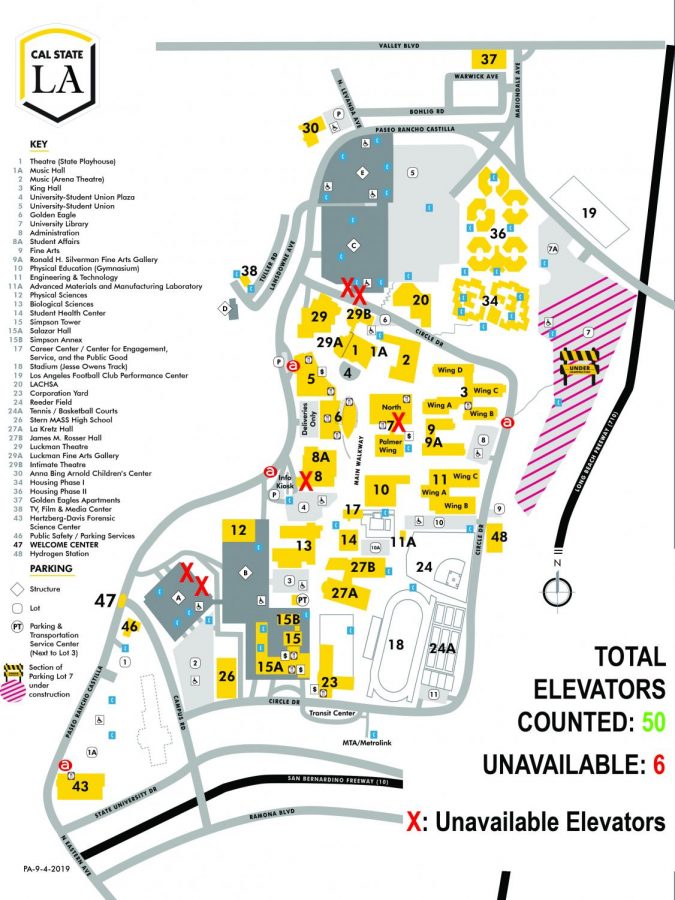

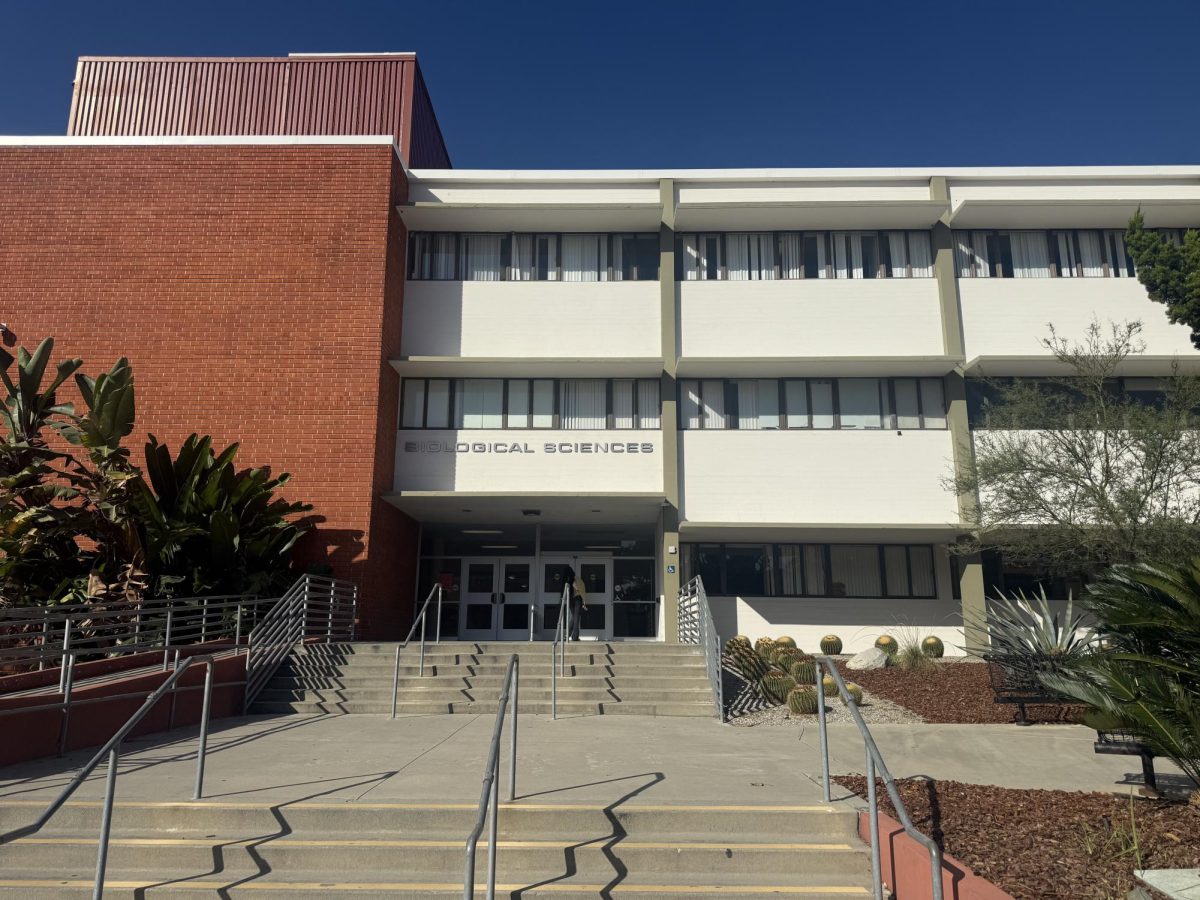
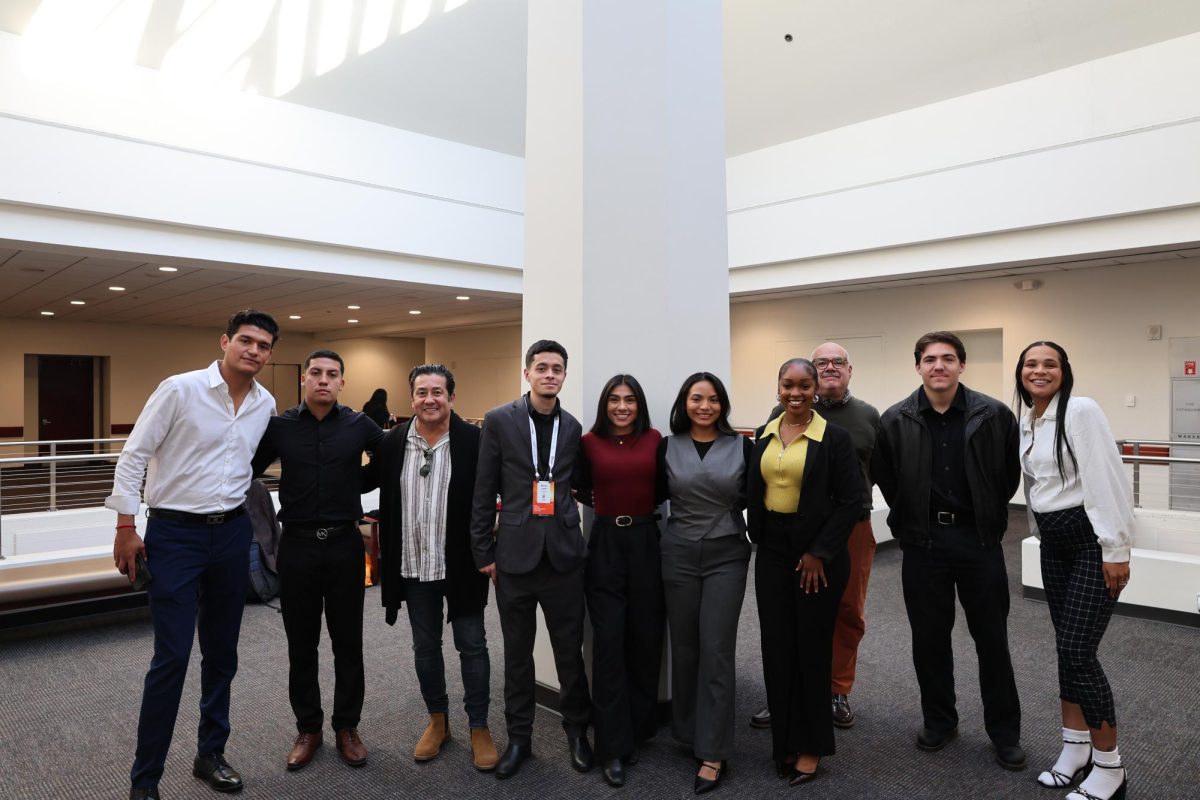
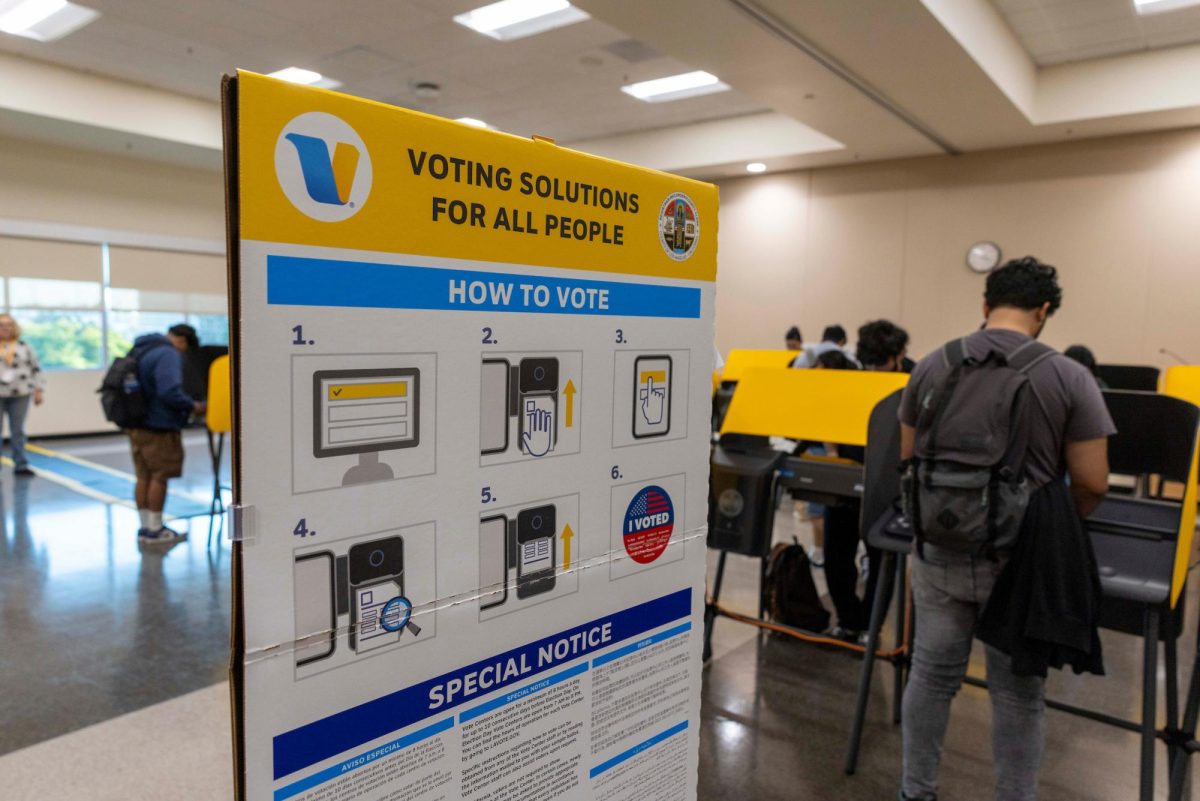
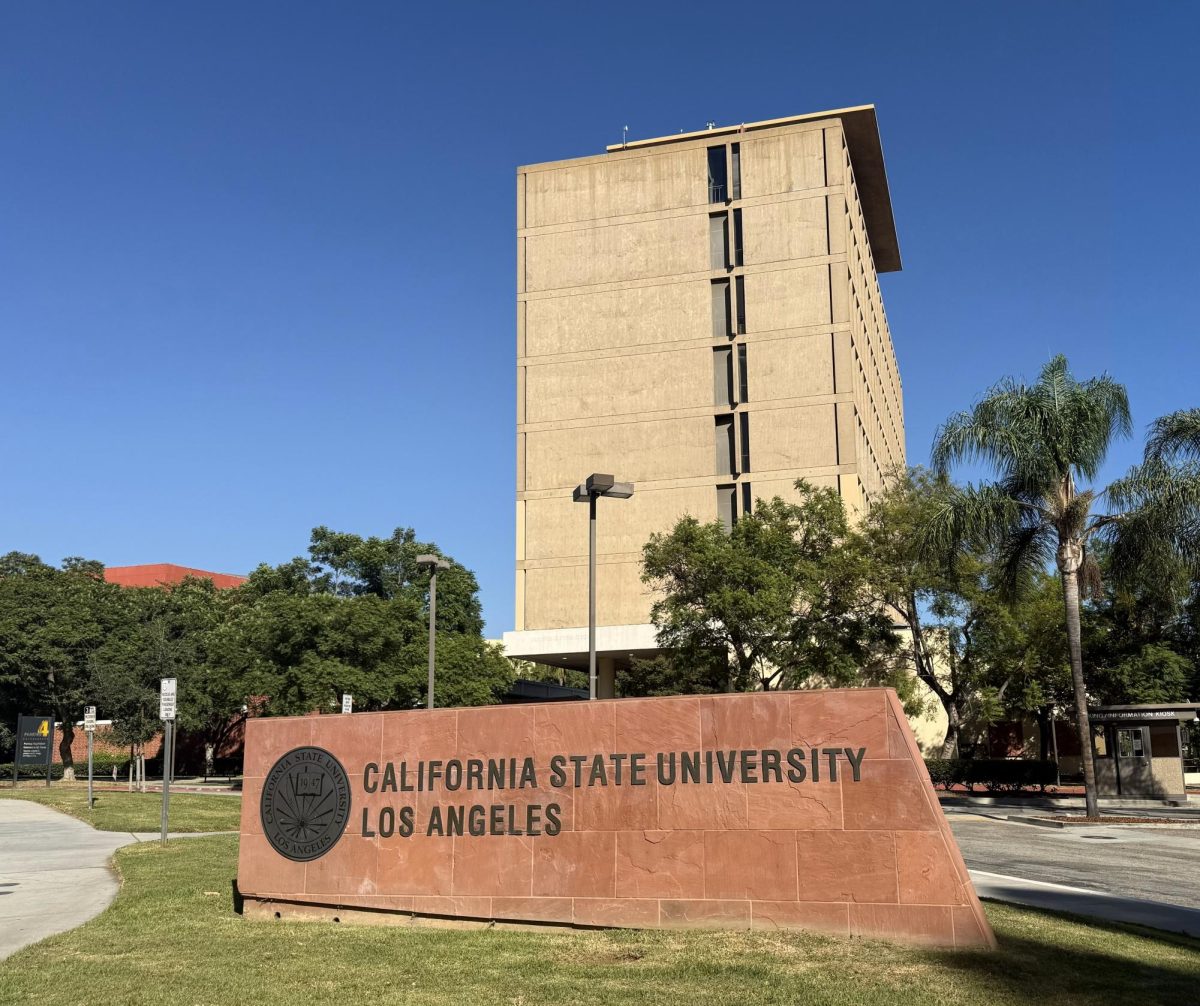
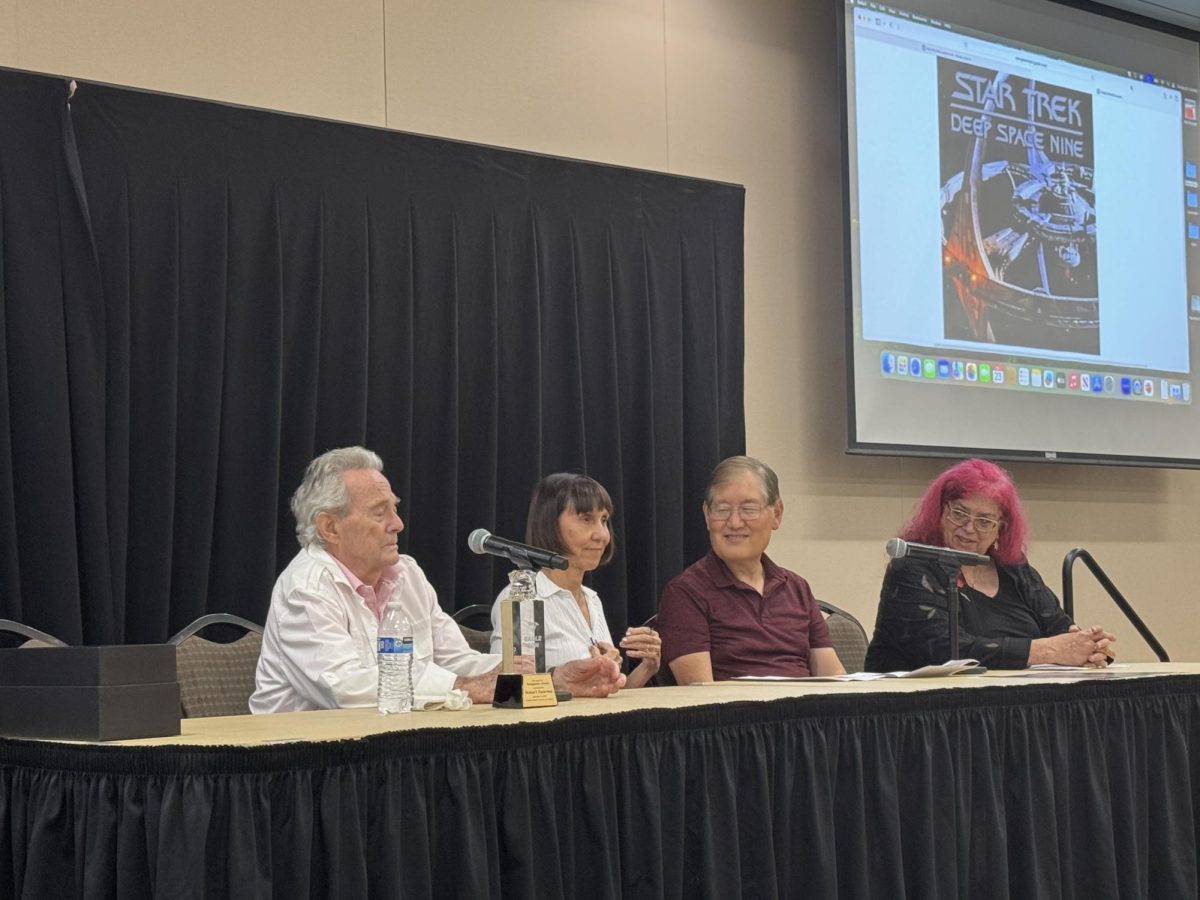




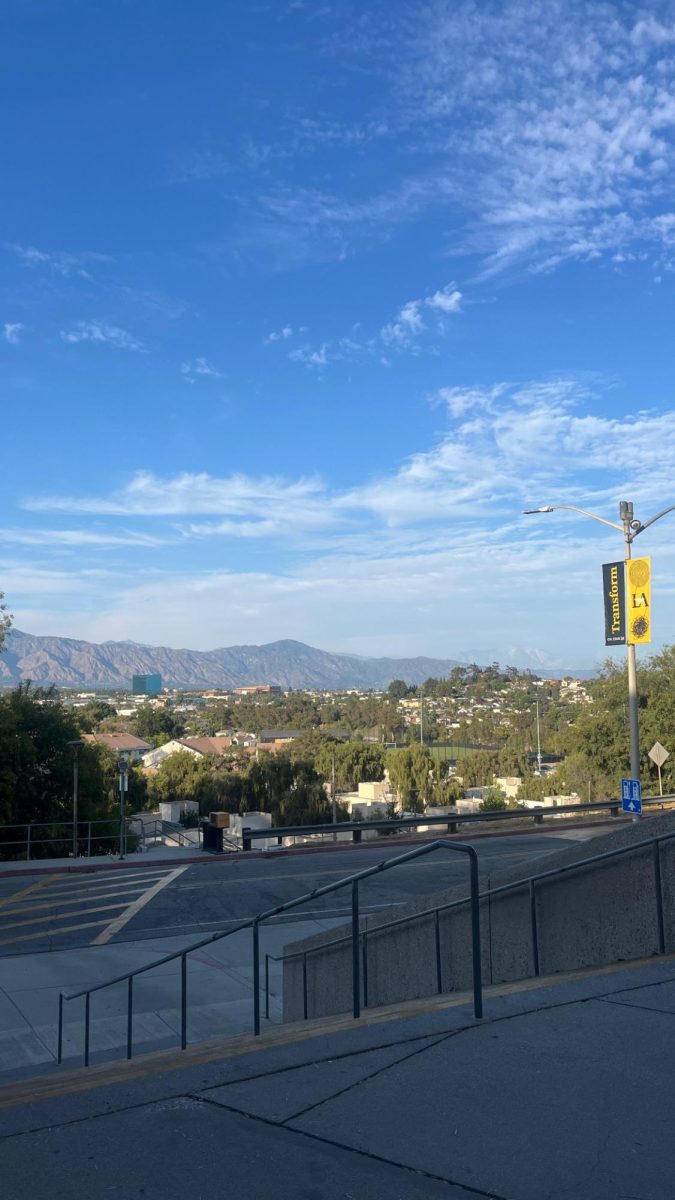



Jane Jenson • Dec 24, 2020 at 7:50 am
Im elderly and I am forced to take the stairs due to the elevators being broken. It has been weeks. As I mentioned, I am elderly with hip issues. How much longer do we have to wait for the elevators to get fixed? I almost fell walking up those stairs which leaves me feeling dizzy. I have children and grandchildren and would like to see them grow. I certainly would hate to have an accident and fall to have to be rushed into an Er full of covid patients. I hope this doesnt fall to deaf ears. My life is precious and my family will not let this go if something were to happen to me due to laziness of fixing an elevator that should have been fixed months ago.
Natalie • Oct 23, 2019 at 9:47 am
The Americans with Disabilities Act, Section 504 of the Rehabilitation Act, and the California Building Code (among other federal and state Civil Rights Laws) require these buildings and the services the University provide are accessible to people with disabilities. The law specifically require that accessible features (such as elevators) be properly maintained in operable condition, allowing only for temporary interruption for maintenance. It does no good to have an elevator if it doesn’t work and a year does not qualify as a temporary interruption. These inoperable elevators are not only an inconvenience, they are an act of discrimination against their students who use wheelchairs. Individuals with disabilities can not only file complaints to the University, as noted in the article, they could file complaints with the U.S. Department of Justice, Civil Rights Division. Such an action might seem heavy handed, but the inaction on the part of the University warrants such.